Safed – or Tzfat – is way more than just the city in which mysticism meets worldly. Together with Hebron, Tiberias, and Jerusalem, Safed is one of Judaism’s four holiest cities. It is a place to which many Israelis and international visitors go to enjoy nature, a nice study session, or to be part of one of the most important Kabbalah centers in the world.
But, why is this place so important and magical? What does Safed have in its walls and environment that could inspire many important personalities from ancient times to write and create several prayers, poetry, and disruptive approaches to divinity?
In the next few paragraphs, we are going to teach you a few things about this wonderful city in northern Israel that you have to learn. If you happen to be traveling around Tiberias or Rosh Pinah, Safed has to be your next destination. Believe us, you won’t regret it.
Are you ready to learn more about the ultimate destination to find mystic experiences? Are you ready to discover new aspects of the city that served as home for the greats Itzhak Luria, Shlomo Alkabetz, and others? Lay back, take a deep breath and immerse yourself in the world of Jewish mysticism, because Safed is all about that!
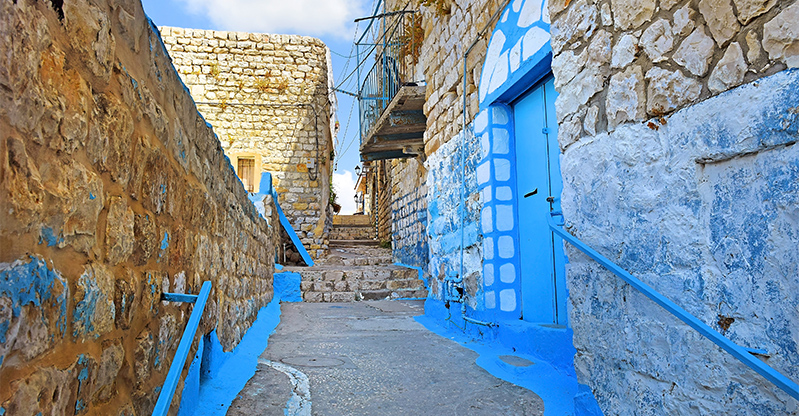
Safed: The Israeli city of mysticism
If you are lucky enough to travel to Safed on a weekday and not during Shabbat or Jewish holiday, you’ll be able to witness the energy this city offers. All the tales and stories from our ancestors will become alive and will accompany you while you walk around one of Israel’s four holiest cities.
In the paragraphs to come will share with you some facts about Safed. These facts are related to both geography and Judaism. Let’s begin!
1. In the 16th century, in the small city of Safed, Solomon ben Moses Halevi Alkabets (Shlomo Alkabets) was one of the numerous mystics who settled there. On Friday nights, he and his friends used to dress in white and went out to the streets to dance and sing to welcome the Shabbat and to start this day of resting and connecting to whatever concept of divinity one has. This was the origin of the ‘Kabbalat Shabbat’ service we know today and that is done in every synagogue of all denominations, around the entire world! Yes, it happened in Safed.
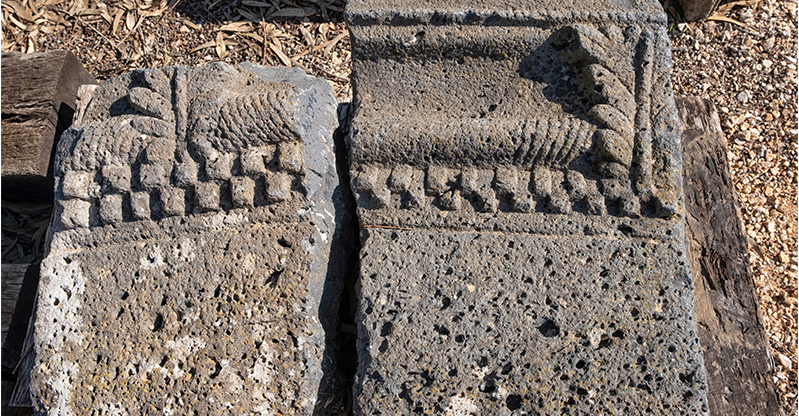
2. For that same purpose of connecting to the Creator from a mystic side, Shlomo Alkabets wrote in Safed, in 1540 a poem named “Lecha Dodi”, a song and prayer that in our times, all Jews sing when welcoming Shabbat on a Friday night.
3. According to the Britannica Encyclopedia, Safed was first mentioned at the time of the Jewish revolt against Rome (66–70 CE). Also, it is thereafter frequently referred to in a wide variety of rabbinic literature.
4. Joseph Karo, the author of the essential Jewish book “Shulchan Aruch”, lived and wrote this masterpiece in Safed. This book is considered the practical tools and practices of the Code of Jewish Law, and it is the most widely consulted of the various legal codes in Judaism. Can you see how many things happened in this city? What would you have written if you were living there in the 1500s?
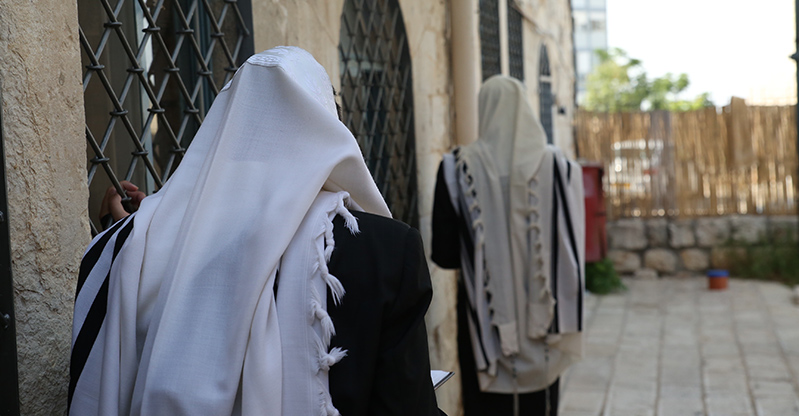
5. Safed is located at an elevation of 900 meters (2,953 ft), turning it into the highest city in Galilee and in Israel. Maybe because of its height people thought they were closer to God? Let’s open the debate in the comments section below!
6. But when did Safed become “a holy city”? Why is it at the level of Jerusalem regarding holiness? Well, Safed came to be regarded as a holy city after the arrival of Jews following their expulsion from Spain in 1492 and became known as an important center of kabbalistic studies.
7. Safed can be spelled in several different ways. Some of the most popular ones are Tzfat, Safad, Zefat, Tzfas and Safed…That being said, in Hebrew, there is only one way to write its name: צְפַת What’s your favorite way to write it?
8. The city of Safed is full of students! It has over 25 schools and around 7,000 students. Some of the top-notch medical schools in the country are located in this center of mysticism. Remember when we talked about the best universities in Israel? Many of them have a branch in Alkabets’ city.
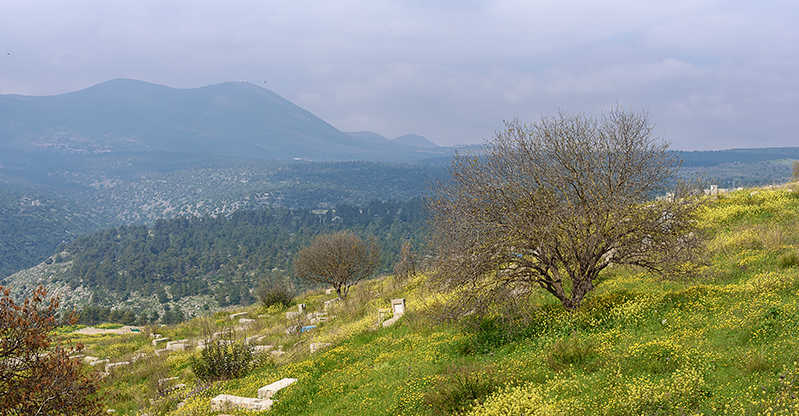
9. Safed is way more than just rabbinical literature and Jewish mysticism. In the 1960s, Safed was home to the country’s top nightclubs, hosting the debut performances of Naomi Shemer, among other well-known Israeli musicians.
10. Baruch Maman, Moshe Shamir, Mahmoud Abbas, Salma Jayyusi, and Yehoshua Bar Yosef -among others- were born in the crib of mysticism: Safed. But among the personalities who lived there, we can find Cordobero, Alkabets, Jacob Berab, the artist Shimshon Holzman, and even Joseph Karo… among others.
11. During the ’50s and the ’60s, Safed was considered Israel’s art capital. Today the area in which the artists’ colony was originally established, contains a large number of galleries owned by individual artists and art curators.
12. It is hard to believe, but Safed’s sister city in the United States is Palm Beach County, Florida. Can you imagine those Jewish mystics who just escaped from Spain writing their breathtaking literature while taking a sunbath in Palm Beach? Neither do we!
13. So, you remember we talked about Safed height? Just so you know, the city is mentioned in the Jerusalem Talmud as one of five elevated spots where fires were lit to announce the New Moon and festivals during the Second Jewish Temple period.

It is time to learn Hebrew. Travel to Safed and learn more about mysticism!
Would you like to learn more about the phenomenal things Safed can offer you? Are you maybe planning a visit to the land of milk and honey? Would you like to stay for a few days and nights in Safed? Learning Hebrew can help you a lot!
Have the ultimate experience when visiting Israel. Learn Hebrew in a live, online, and engaging Hebrew course led by amazingly well-trained instructors. Be amazed by your progress and witness how fast you become a fluent Hebrew speaker.
The Hebrew classes given by the Rosen School of Hebrew are everything you’ve been looking for.
Subscribe to our newsletter
Learn Hebrew slang, take a virtual tour across Israel, discover the best local food and so much more


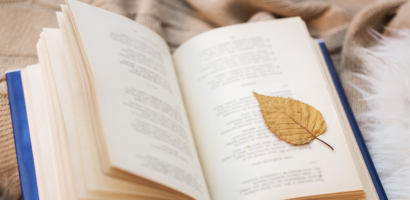




 Available on WhatsApp
Available on WhatsApp